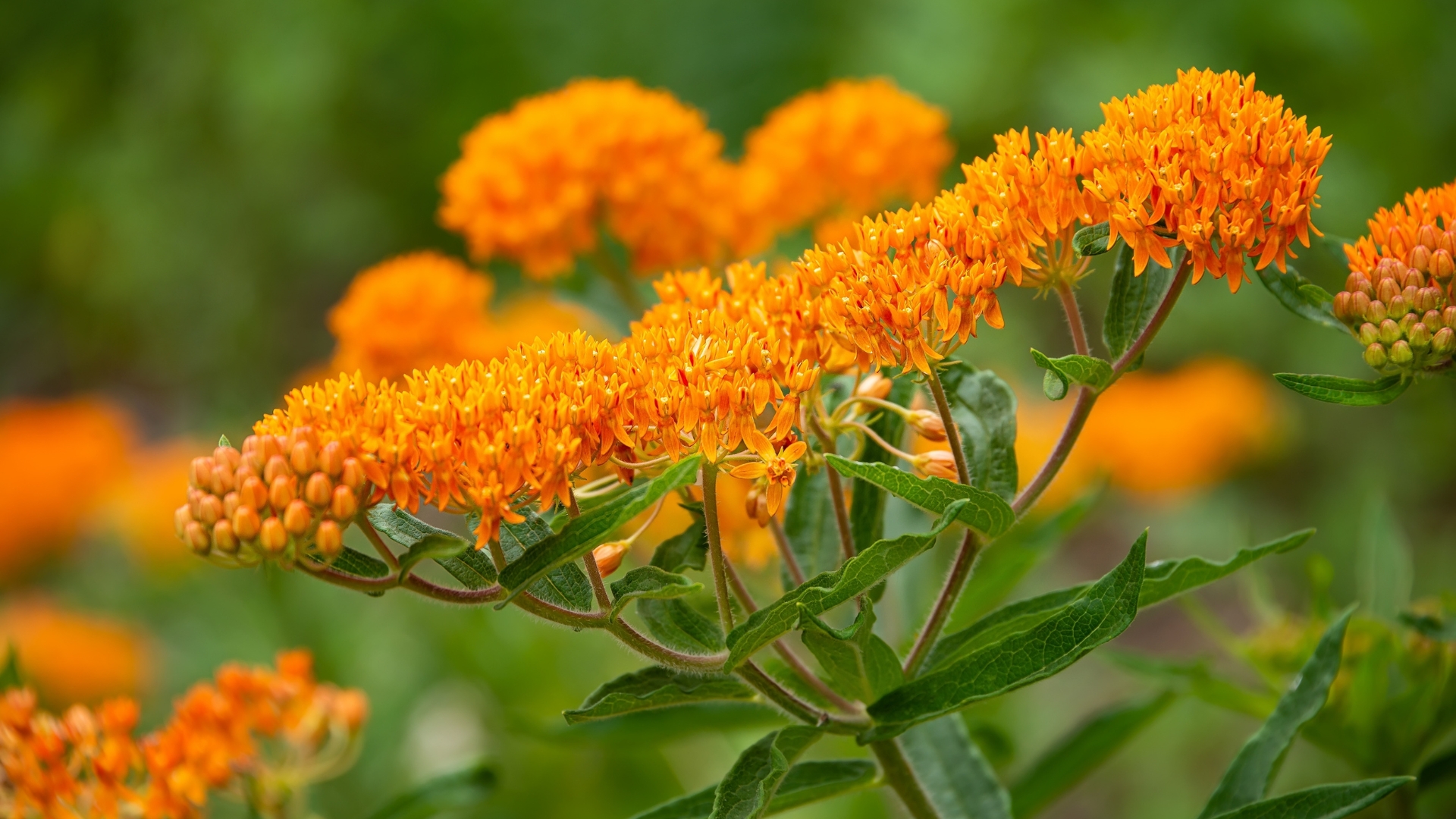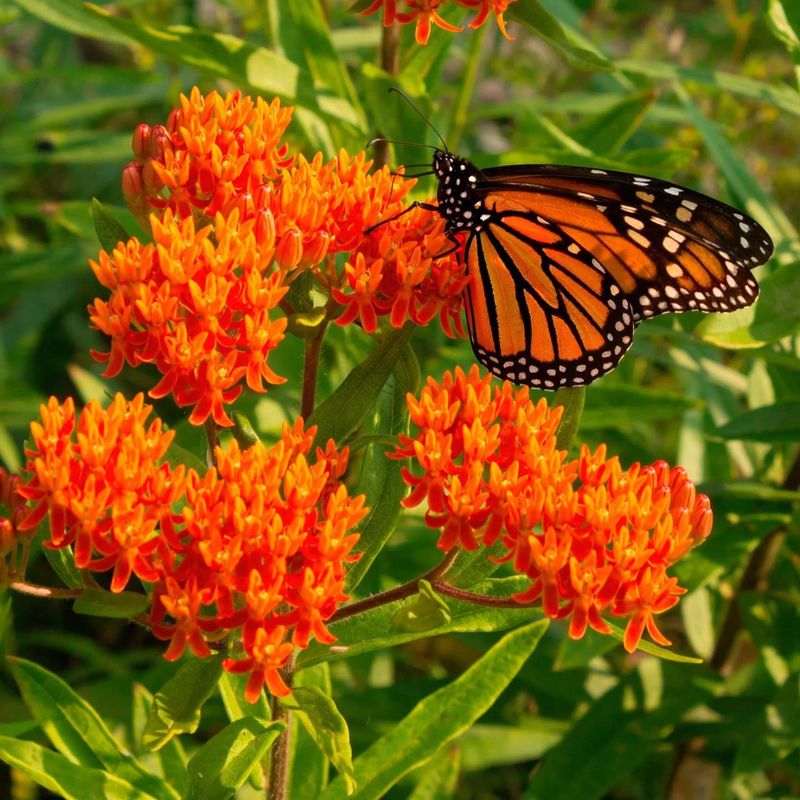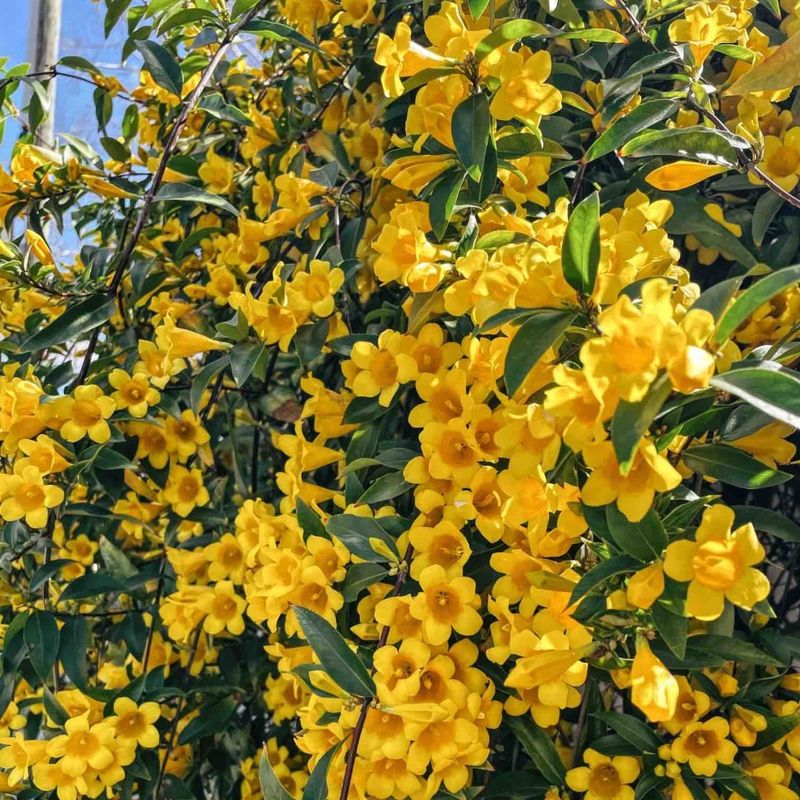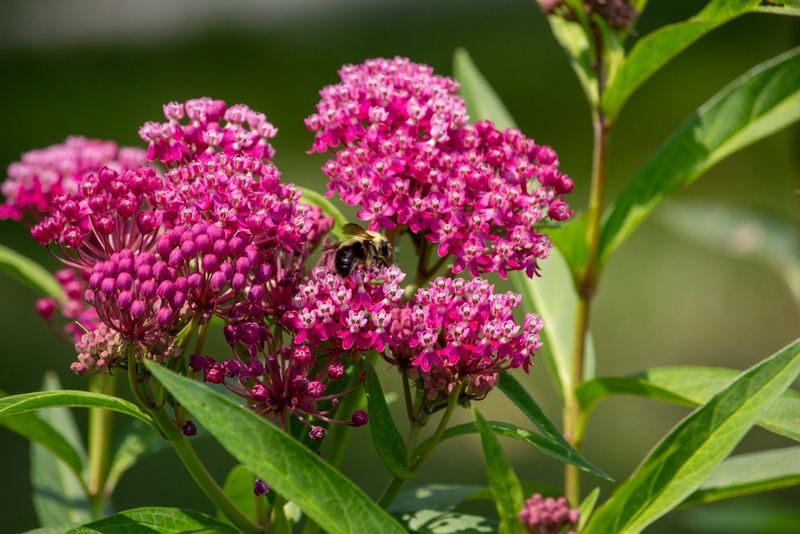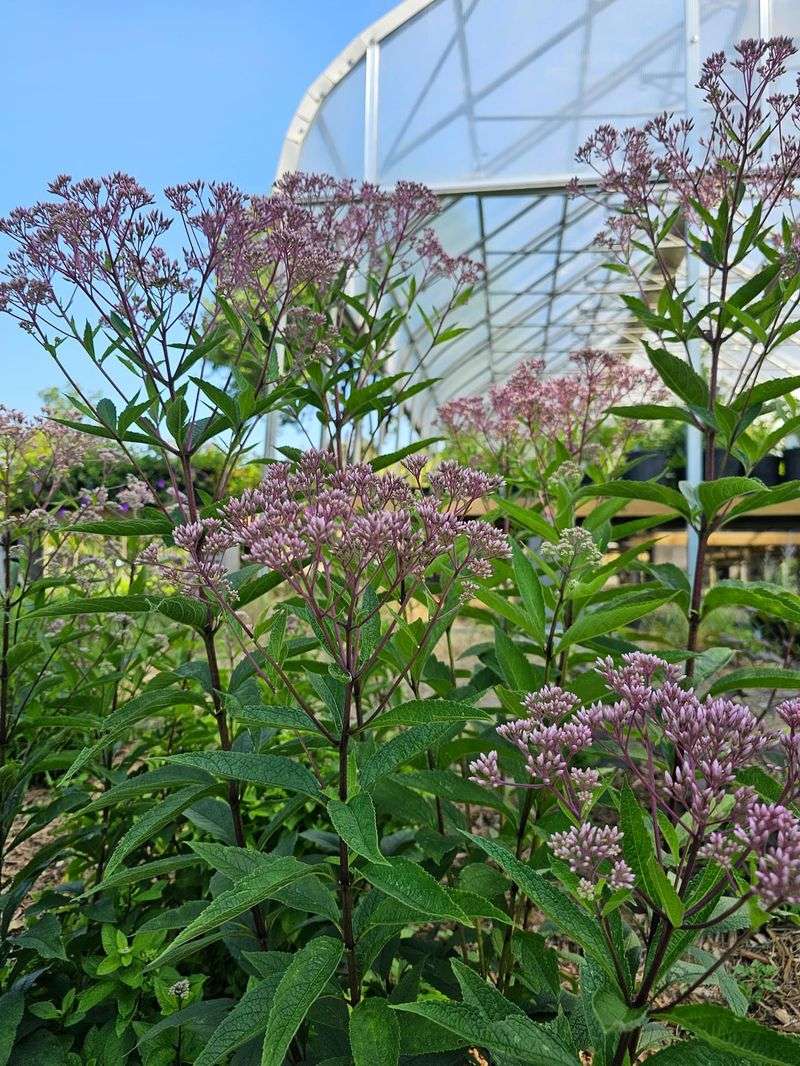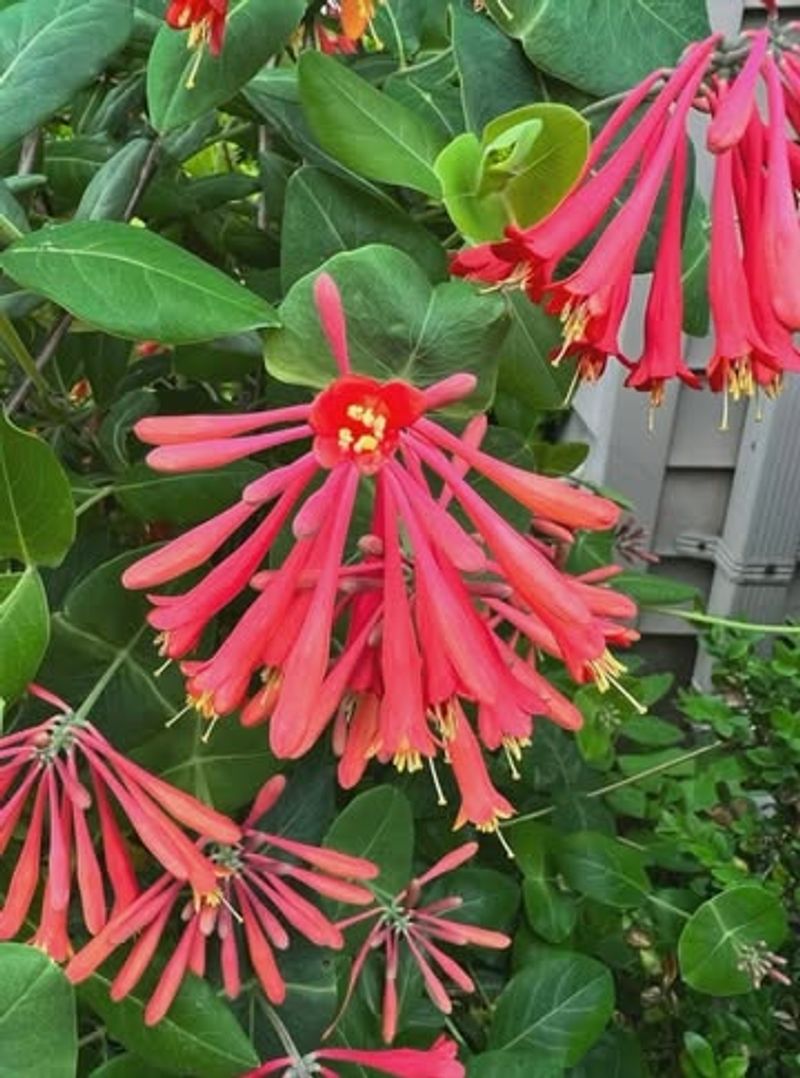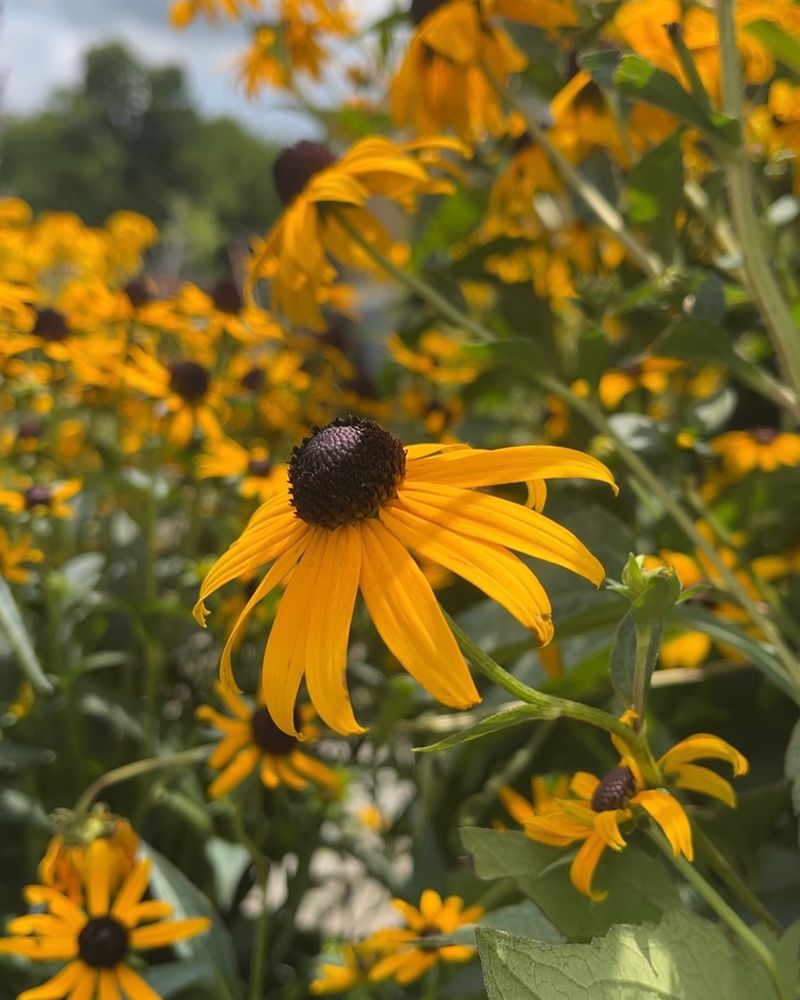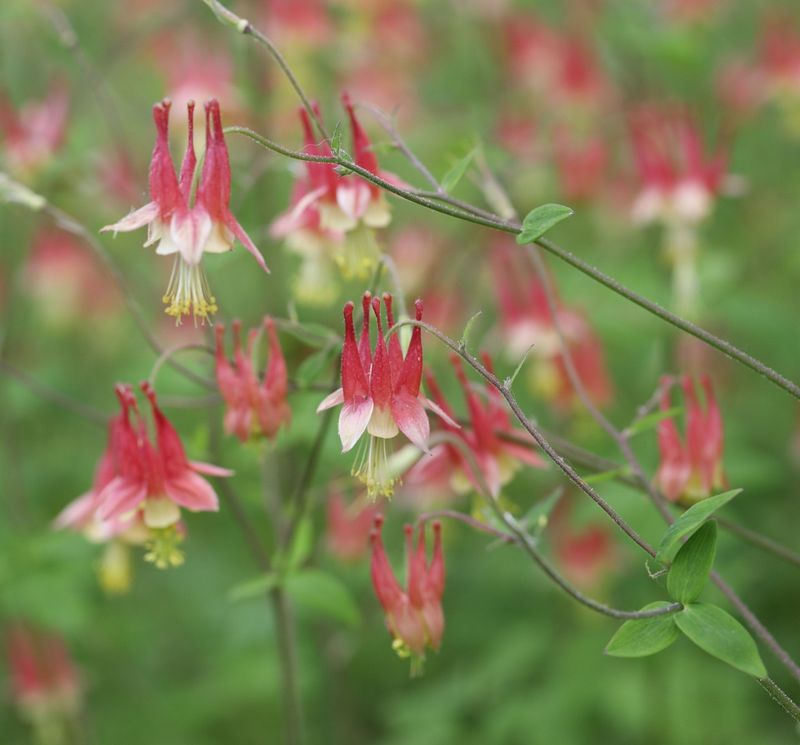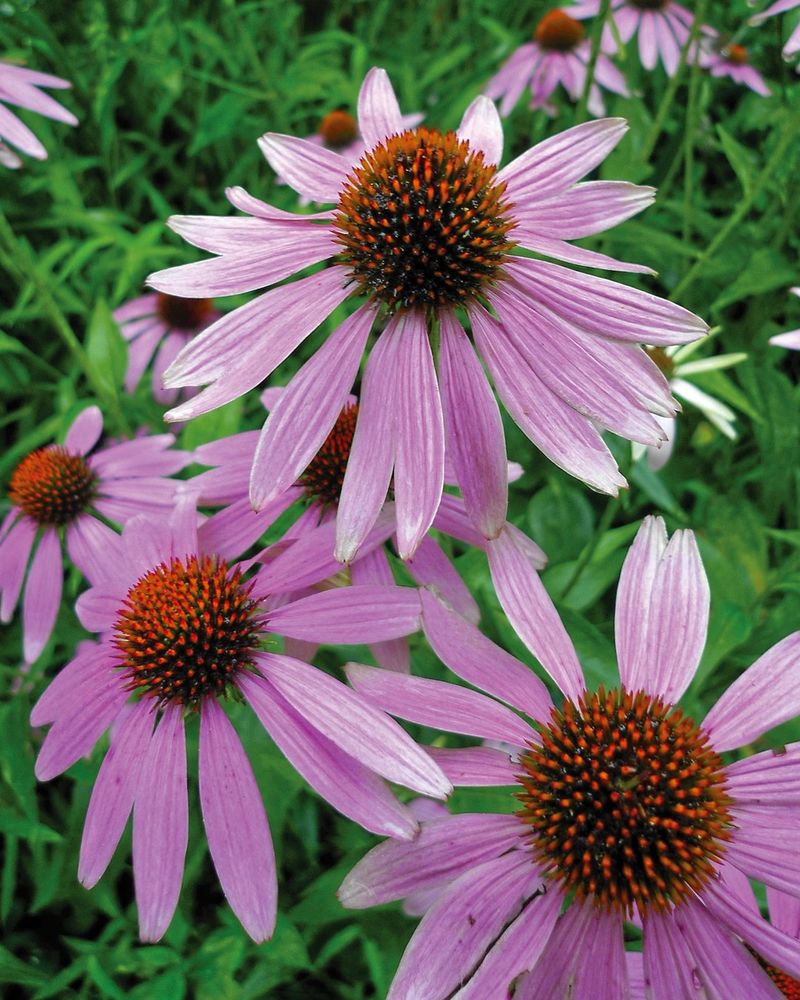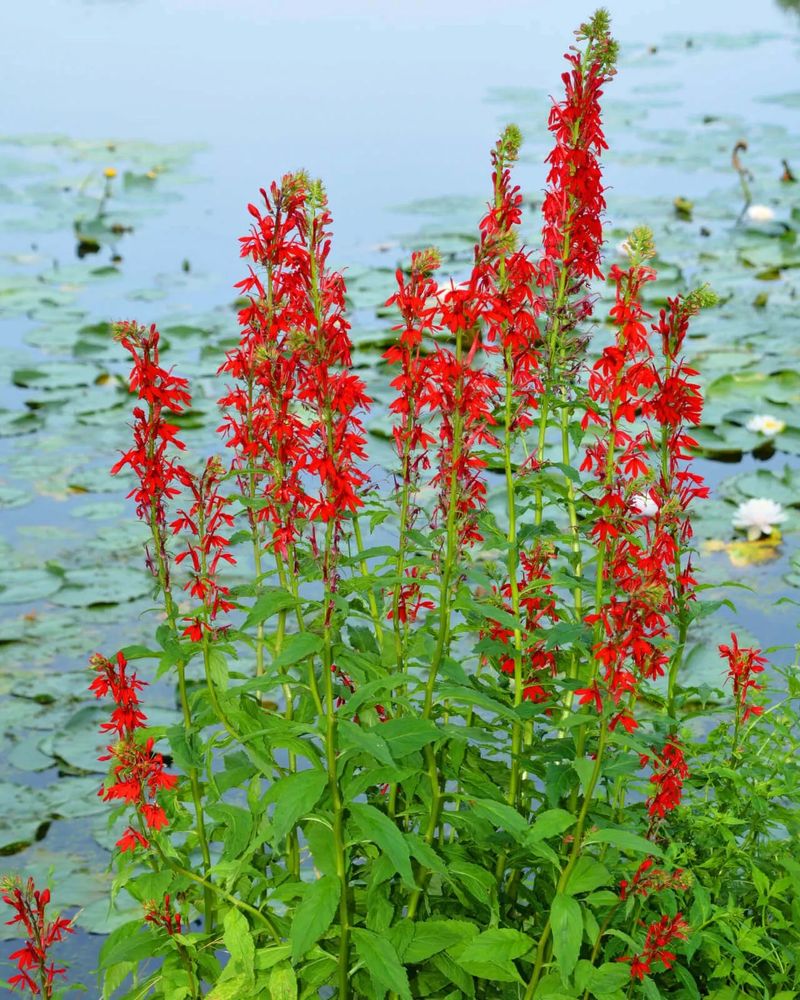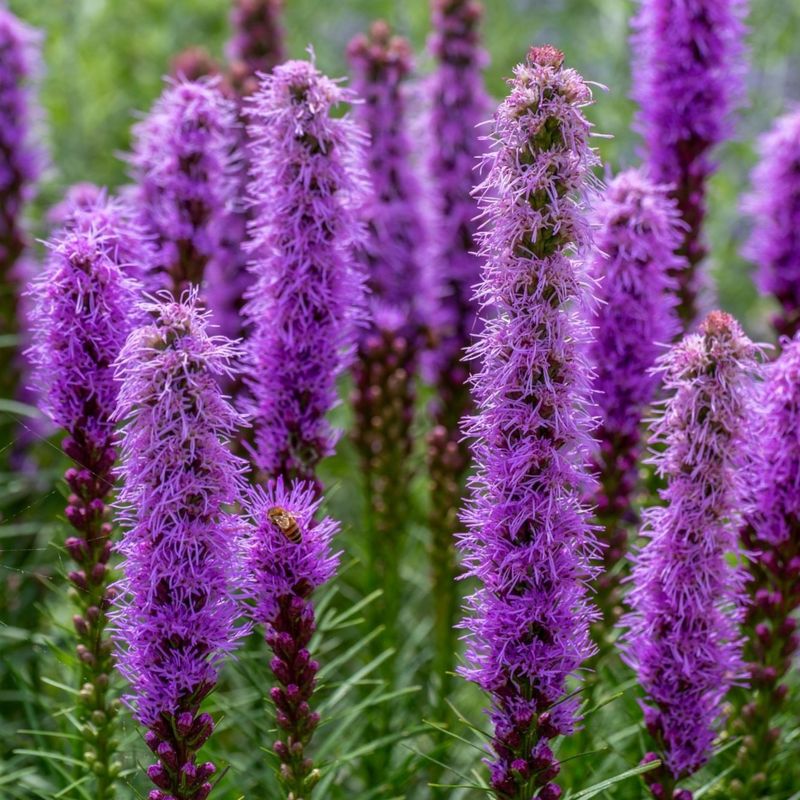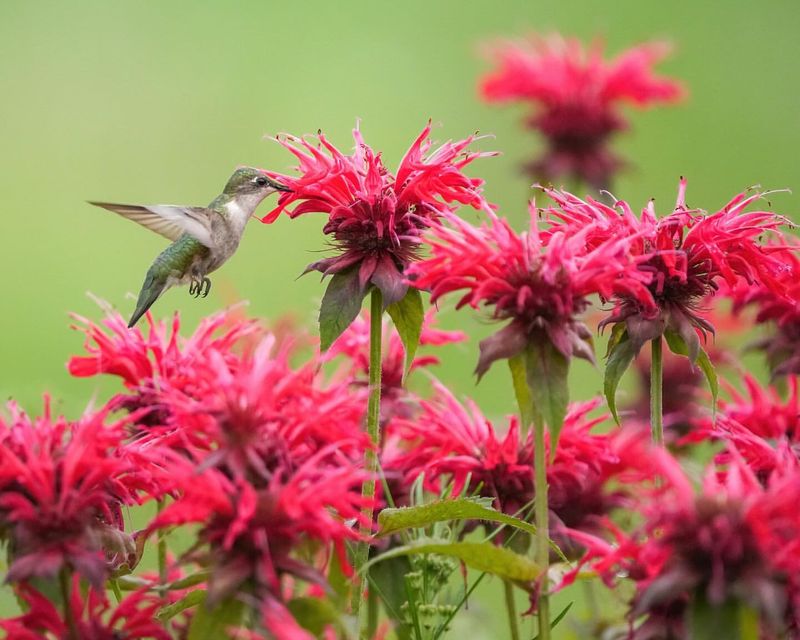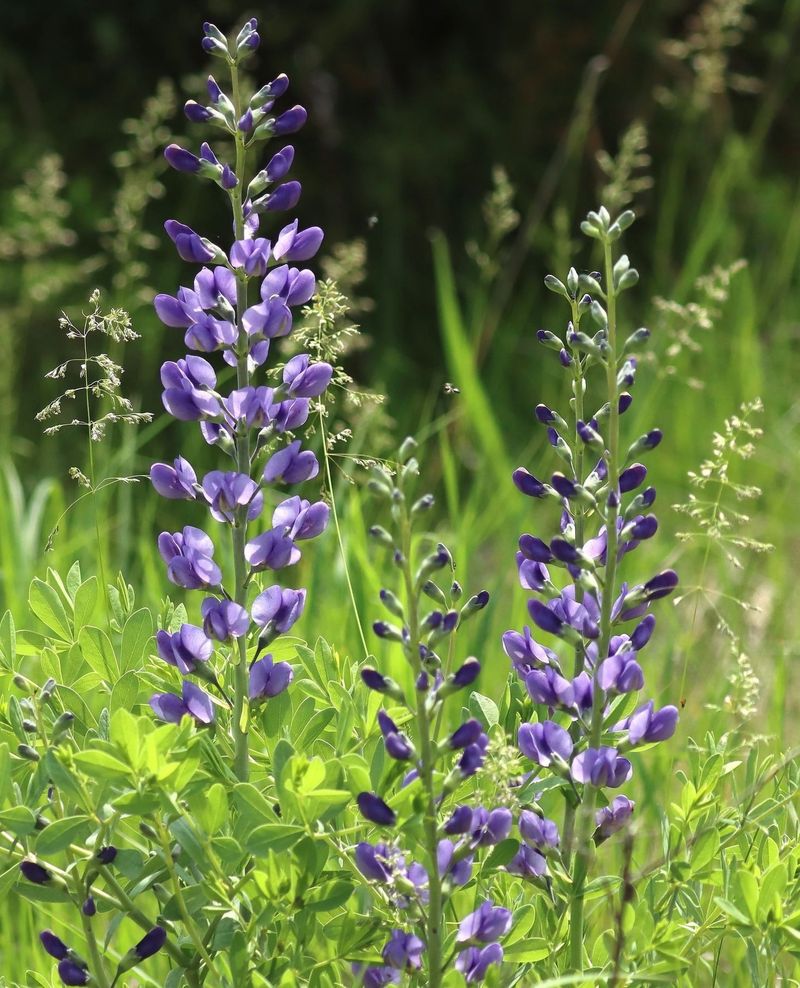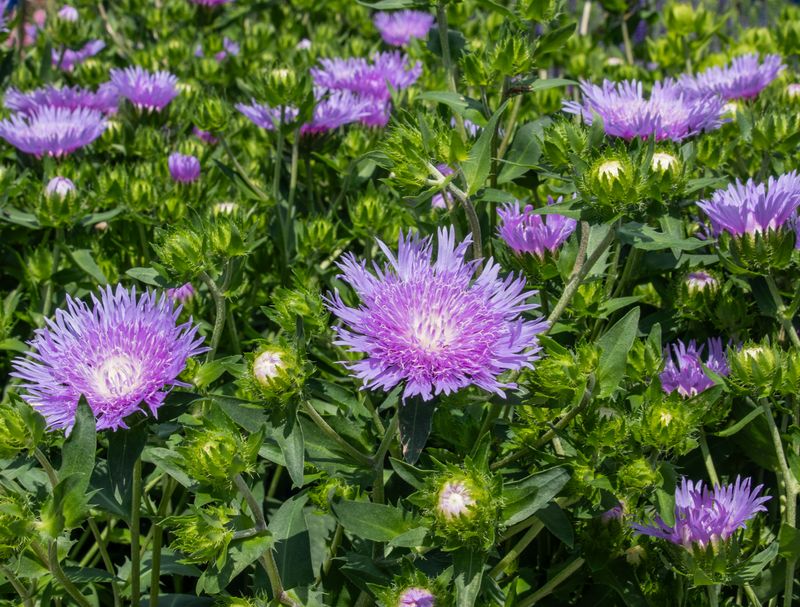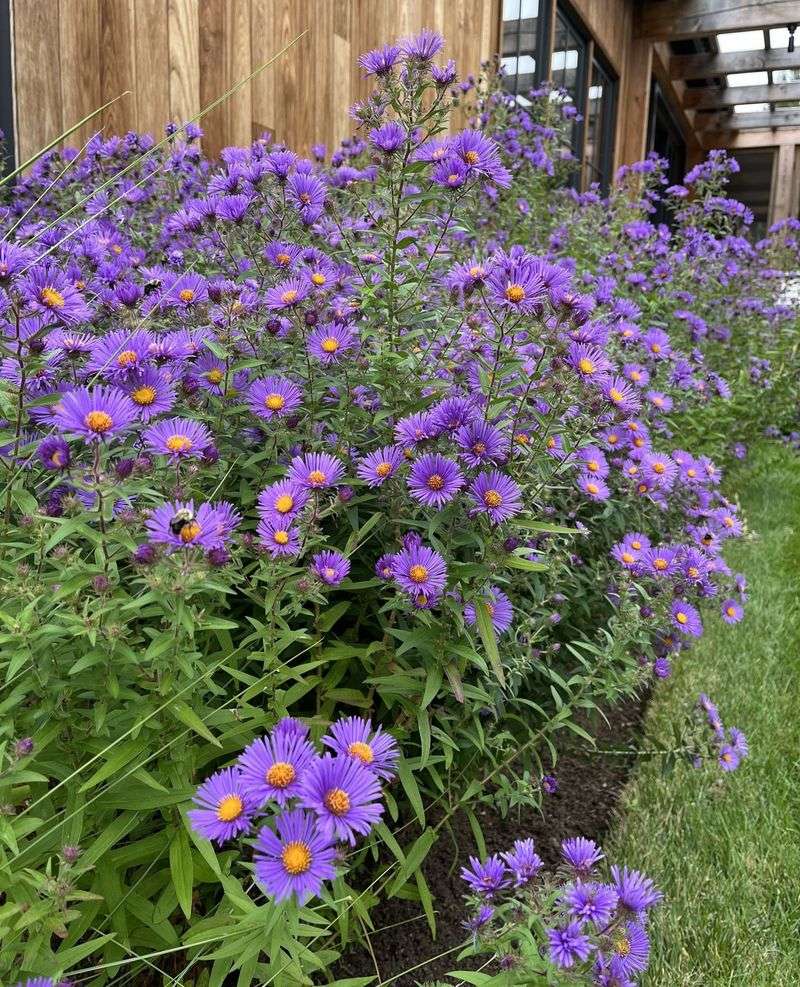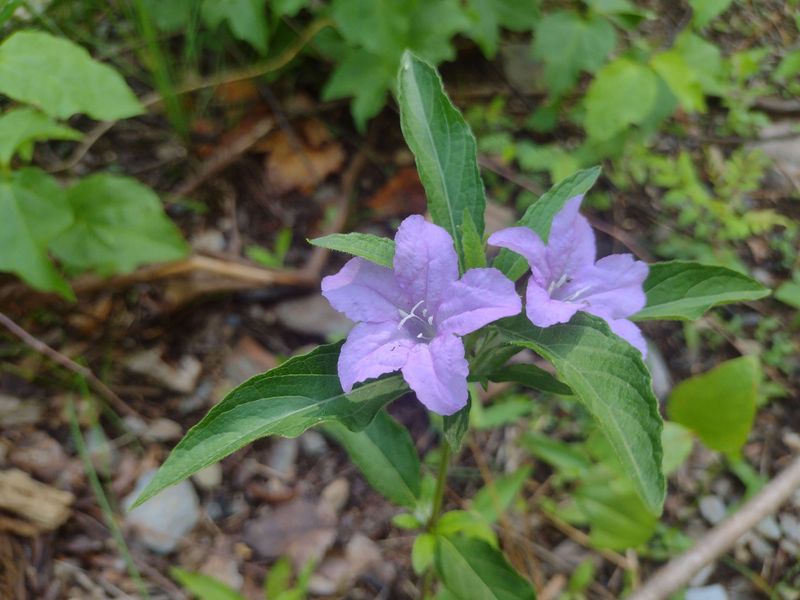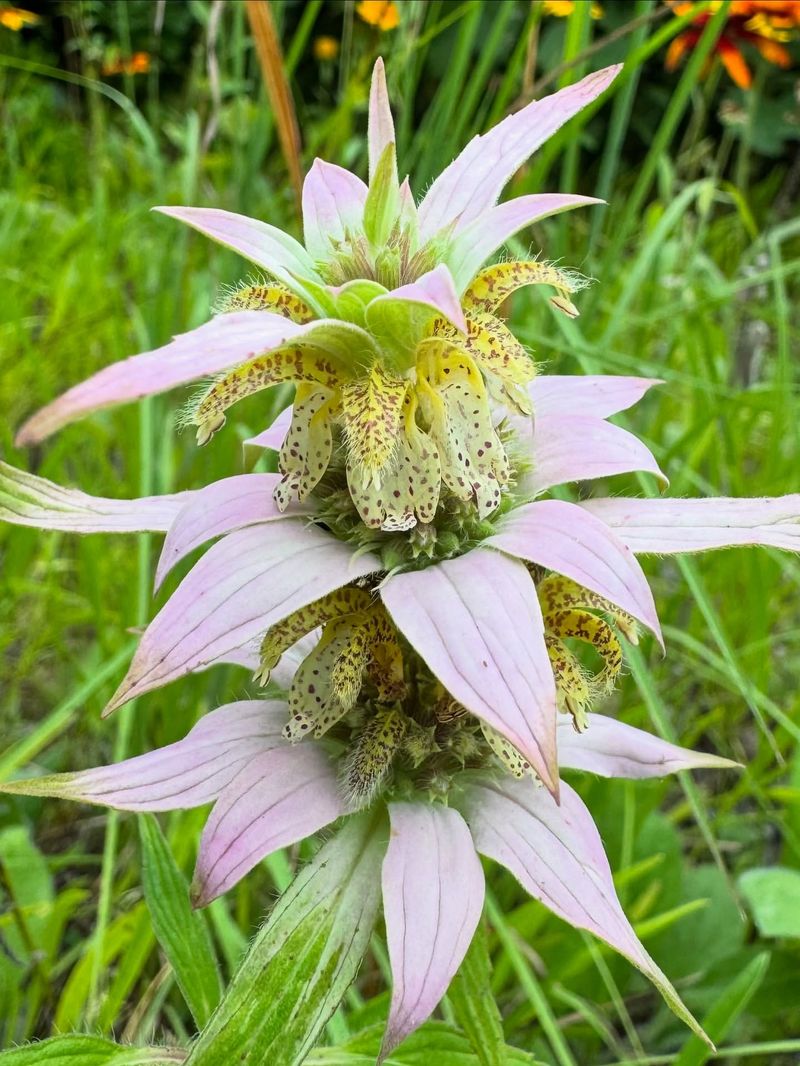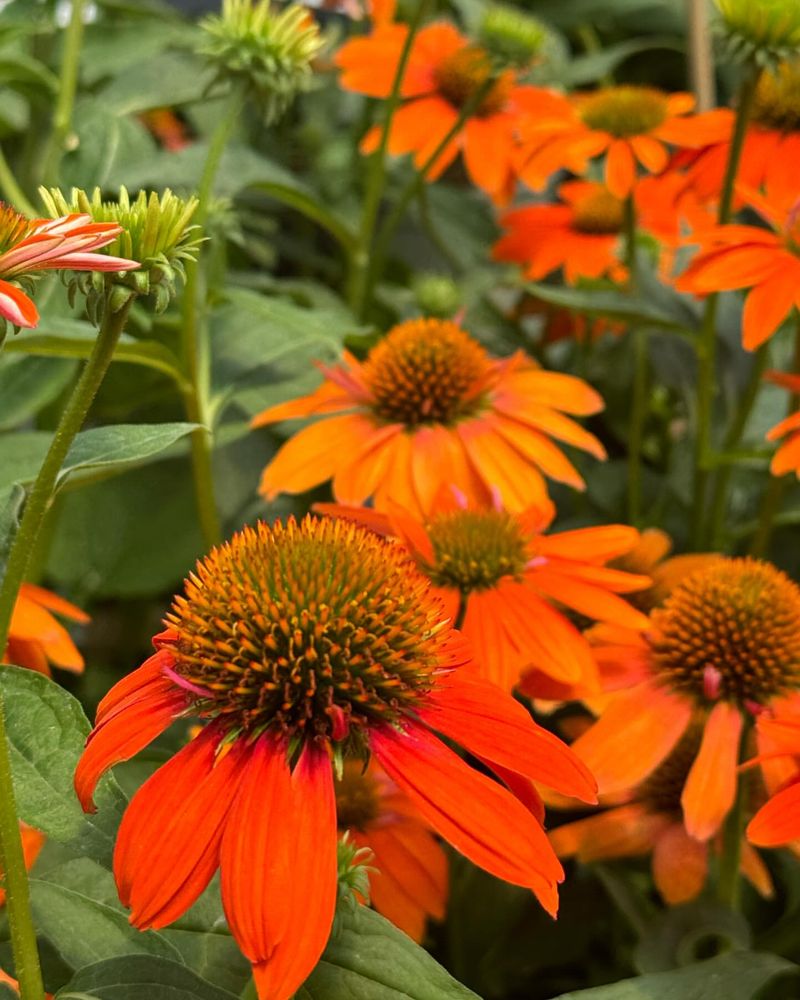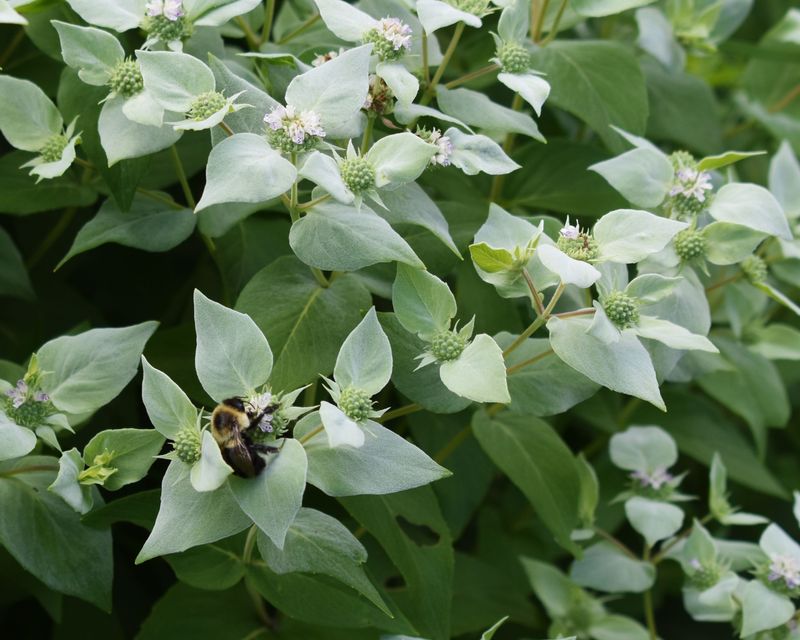Fall sneaks up fast in South Carolina, and if you want your garden to keep turning heads, now’s the time to act. I’ve rounded up 18 native blooms that thrive in the Southern heat and still put on a show as the seasons shift.
These aren’t just pretty faces—pollinators love them, and they’re built for the local climate. I’ve added a few to my own garden, and the difference is wild (in the best way).
Give these plants a spot soon, and you’ll be glad you did when everything else starts to fade.
1. Butterfly Weed
Vibrant orange clusters attract monarchs throughout South Carolina gardens from June to September. The drought-tolerant perennial needs little maintenance once established.
Plant in well-drained soil with full sun exposure. Despite its name, butterfly weed isn’t invasive and stays well-behaved in garden borders while providing essential food for caterpillars.
2. Carolina Jessamine
Golden trumpet-shaped blooms appear in early spring, giving South Carolina gardens a cheerful burst of color. As our state flower, this vigorous vine climbs gracefully over fences and trellises.
Fragrant yellow flowers attract hummingbirds and butterflies to your garden. Plant in partial shade to full sun, and enjoy its evergreen foliage year-round with minimal care.
3. Swamp Milkweed
Pink-purple flower clusters emerge in summer, creating a haven for monarch butterflies across South Carolina. Unlike its orange cousin, this variety loves moist areas and can handle periodic flooding.
The vanilla-scented blooms draw in beneficial insects to your garden. Plant near water features or in rain gardens where its deep roots help prevent erosion while providing crucial monarch habitat.
4. Joe-Pye Weed
Majestic purple flower clusters tower above South Carolina gardens in late summer, reaching impressive heights of 5-7 feet. Butterflies flock to these sweet-scented blooms in droves.
Despite its name, this native perennial isn’t weedy at all. Plant in moist, rich soil where it can receive morning sun and afternoon shade for best performance in our hot climate.
5. Coral Honeysuckle
Tubular red flowers appear from spring through fall, making this vine a hummingbird magnet in South Carolina gardens. Unlike invasive Japanese honeysuckle, this native variety plays well with others.
The twining stems create beautiful vertical interest on fences or arbors. Plant in well-drained soil with full to partial sun exposure and enjoy its semi-evergreen foliage through mild winters.
6. Black-Eyed Susan
Golden daisy-like flowers with distinctive dark centers brighten South Carolina gardens from June until frost. These cheerful bloomers self-seed readily, creating naturalized drifts over time.
Deer tend to avoid these drought-tolerant perennials. Plant in average soil with full sun exposure, and deadhead spent blooms to encourage more flowers throughout the growing season.
7. Eastern Columbine
Nodding red and yellow flowers dangle like delicate bells in South Carolina woodland gardens each spring. Hummingbirds adore the nectar-rich blooms that appear on slender stems above lacy foliage.
This shade-loving perennial thrives under deciduous trees. Plant in rich, well-drained soil where it can receive morning sun and afternoon shade for best performance in our hot climate.
8. Purple Coneflower
Rosy-purple petals surround a spiky orange center, creating distinctive blooms that last for months in South Carolina gardens. Butterflies, bees and goldfinches flock to these sturdy perennials.
Leave the seedheads standing through winter to feed hungry birds. Plant in average soil with full sun exposure, and this drought-tolerant native will reward you with years of reliable blooms.
9. Cardinal Flower
Brilliant scarlet spikes create dramatic vertical interest in South Carolina’s moist garden areas from July through September. Hummingbirds can’t resist these intensely colored tubular blooms.
Unlike many red flowers, cardinal flower thrives in partial shade. Plant along stream banks or in rain gardens where it can access consistent moisture while bringing vivid color to difficult wet spots.
10. Blazing Star
Feathery purple spikes rise dramatically from grassy foliage in South Carolina gardens during late summer. Butterflies and bees gather around these nectar-rich blooms in impressive numbers.
The vertical flower stalks create wonderful textural contrast in perennial borders. Plant in well-drained soil with full sun exposure, and these drought-tolerant natives will thrive with minimal care.
11. Scarlet Bee Balm
Shaggy red flower heads resemble exploding fireworks in South Carolina gardens from June through August. Hummingbirds, butterflies and beneficial bees can’t resist these aromatic blooms.
The mint family member spreads slowly through underground rhizomes. Plant in rich, moist soil with good air circulation to prevent powdery mildew in our humid South Carolina climate.
12. Wild Blue Indigo
Lupine-like spires of blue-purple flowers emerge in spring above blue-green foliage in South Carolina gardens. The deep tap root makes this native extremely drought-tolerant once established.
Black seed pods provide winter interest after blooming ends. Plant in well-drained soil with full sun exposure, and be patient – this slow-growing perennial takes time to reach its full potential.
13. Stokes’ Aster
Cornflower-blue blossoms with fringed petals appear from late spring through summer in South Carolina gardens. Butterflies flock to these cheerful blooms that rise above neat rosettes of evergreen foliage.
The long-lasting cut flowers bring garden beauty indoors. Plant in well-drained soil with morning sun and afternoon shade for best performance in our hot South Carolina summers.
14. New England Aster
Masses of purple-pink daisy flowers cover bushy plants in South Carolina gardens from August until frost. These late-season blooms provide crucial nectar for migrating monarchs and other butterflies.
The upright growth habit makes it perfect for back borders. Plant in average soil with full sun exposure, and pinch stems back by half in early summer to create fuller plants.
15. Carolina Wild Petunia
Delicate lavender-blue flowers appear continuously from May until frost in South Carolina gardens. Despite its dainty appearance, this tough native handles heat, humidity and drought with remarkable resilience.
The low-growing habit makes it perfect for edging sunny borders. Plant in average soil with good drainage and full to partial sun exposure for best flowering in our hot climate.
16. Spotted Beebalm
Whorls of pink-spotted flowers create unusual architectural interest in South Carolina gardens from June through September. Hummingbirds, butterflies and beneficial insects visit these unique blooms constantly.
The aromatic foliage deters deer and other garden pests. Plant in average soil with good drainage and full to partial sun exposure for best performance in our hot, humid climate.
17. Orange Coneflower
Cheerful yellow-orange daisies with prominent cone centers brighten South Carolina gardens from June until frost. Birds, especially goldfinches, feast on the seeds if flower heads remain standing through winter.
This native relative of black-eyed Susan tolerates poor soil conditions. Plant in average, well-drained soil with full sun exposure for best flowering in our hot southern climate.
18. Mountain Mint
Clusters of tiny white flowers surrounded by silvery bracts attract incredible numbers of pollinators to South Carolina gardens from July through September. Despite its name, this mint relative stays well-behaved without aggressive spreading.
The aromatic foliage repels mosquitoes naturally. Plant in average soil with full to partial sun exposure and enjoy watching the amazing diversity of beneficial insects it attracts.

